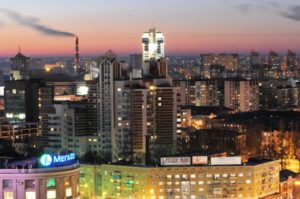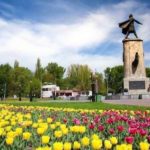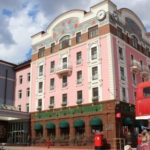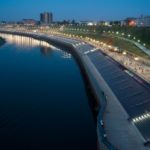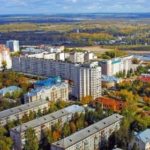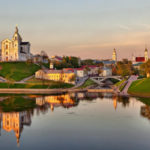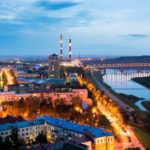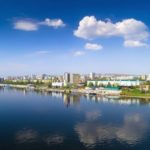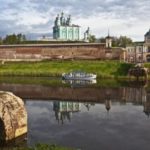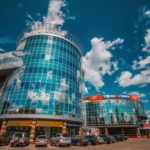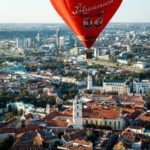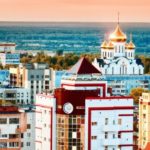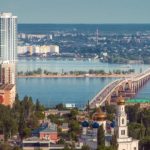Interesting facts about Voronezh
Voronezh is a large city, where more than a million people live. For half a millennium of its history, it has grown considerably, turning into one of the most important economic and transport centers of its entire region. It is very beautiful in spring and summer, especially in the city center – the view of the majestic Don is breathtaking, especially if you see this spectacle at sunrise or sunset.
At various times on the Russian territory there were several Voronezhs – Chernihiv appeared in the IX century, the settlement in the Ryazan province appears in the annals of the XII century, and the modern city was laid in the late 16th century. However, the royal decree on the founding of the city was never found in any archives.
The coat of arms and the flag of Voronezh depict the personal monogram of Peter I.
The first 215 ships for the fleet of the Russian Empire were built at a shipyard in Voronezh.
Voronezhskaya Street preserved for history the name of a nonexistent person – Peter Sazonov. Until the 1970s there was a crossroads between the streets bearing the names of Egor Sazonov and Peter Alekseev. When the district was rebuilt anew, the city authorities simply united two streets into one – they took the name of one person and the surname of the other.
One of the microdistricts of Voronezh was named after the city aviation institute, which was not and is not. The university project was already ready, when the war began, and the construction was postponed indefinitely. As a result, the institution was never built, but the name of the neighborhood remained.
At the end of June 1941, the first BM-13 units were assembled in Voronezh, later named “Katyusha”.
During the second year of the Great Patriotic War, Voronezh invented a way of returning burned bulbs to life.
In Voronezh, a Tu-144 was built at the aircraft factory, which became the first aircraft for supersonic flights.
The first Russian VCRs also began to be manufactured in Voronezh – first samples of advanced technology were bobbin, and then managed to assemble a cassette version.
Voronezh is the birthplace of the rock band “Gaza Strip”. The musicians devoted a whole lot of songs to their native city.
In 1930, 12 soldiers of the Soviet army were dropped from the air near Voronezh. This landmark event occurred on August 2, thanks to which a new significant date appeared in Russia – the Airborne Forces Day.
The RD-0105 rocket engine, which in 1959 enabled the world to develop the second space velocity for the first time, and also played an important role in sending Yuri Gagarin into orbit, was developed in Voronezh.
Voronezh was badly damaged during the war and the German occupation – according to official figures, 92% of apartment buildings were destroyed in the city.
In the spring of 2009, trams disappeared completely from the streets of Voronezh.
Voronezh is not only on Earth, but also in space – so named one of the asteroids. The merits of the city were also immortalized in the name of the nuclear submarine cruiser, and two craters on the moon bear the names of the famous natives of the city – cosmonaut Konstantin Feoktistov and Soviet engineer Semyon Cosberg.
Voronezh reservoir area of 70 square kilometers is the largest in the Central Chernozem region. Unfortunately, now the reservoir is heavily polluted, but work on its cleaning is already under way.
In the XVII century, investigating crimes and other misconduct in Voronezh engaged in a labial elder, who came from a family of nobles or boyars. He was subordinate to the Robbery Order, several hundred years later it was transformed into the Ministry of Internal Affairs.
There is a legend according to which Peter I sent the main beauties of the country to Voronezh so that the masters working in the city would marry them and not think about leaving. The descendants of these marriages guaranteed Voronezh the title of the city with some of the most beautiful inhabitants in Russia.
